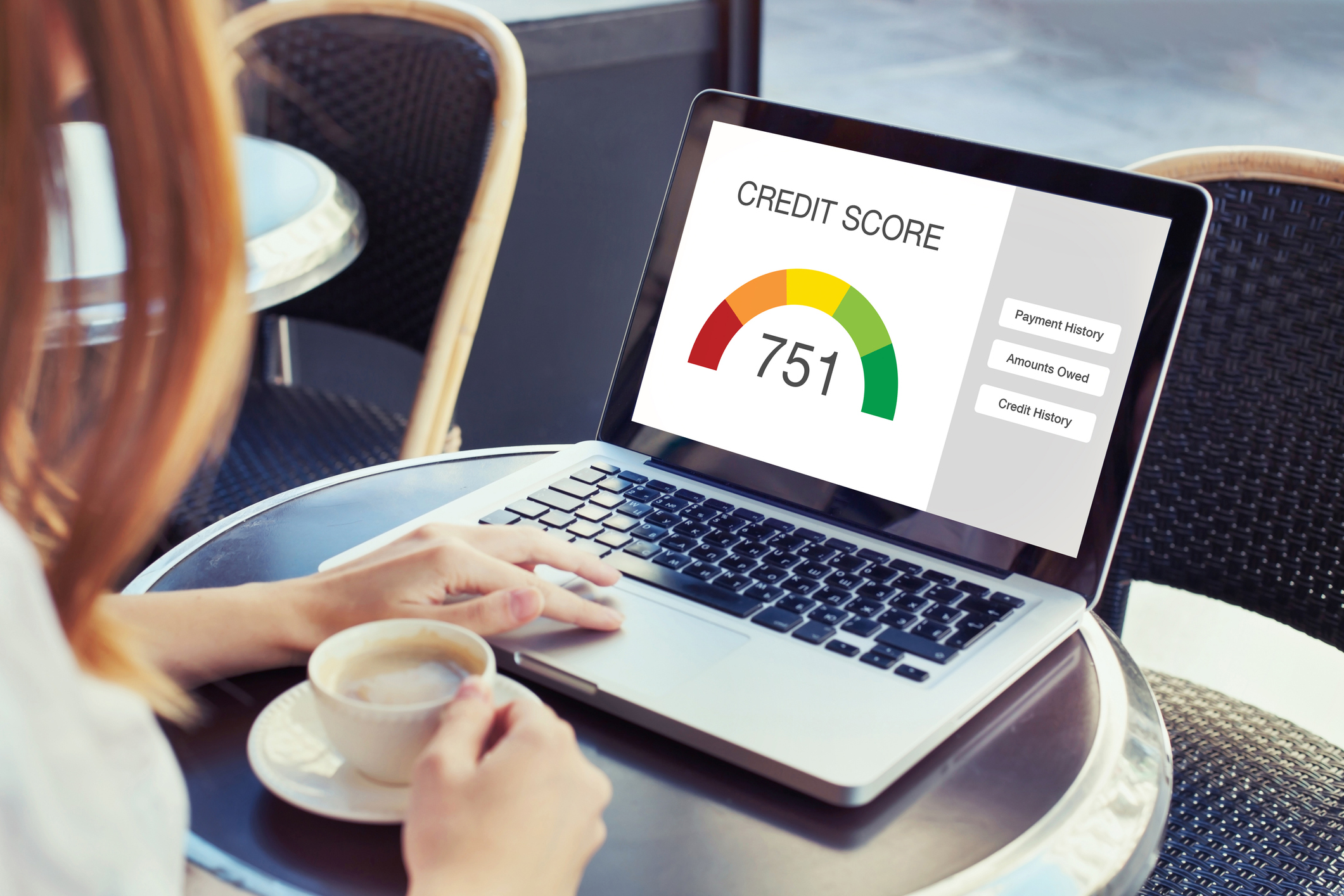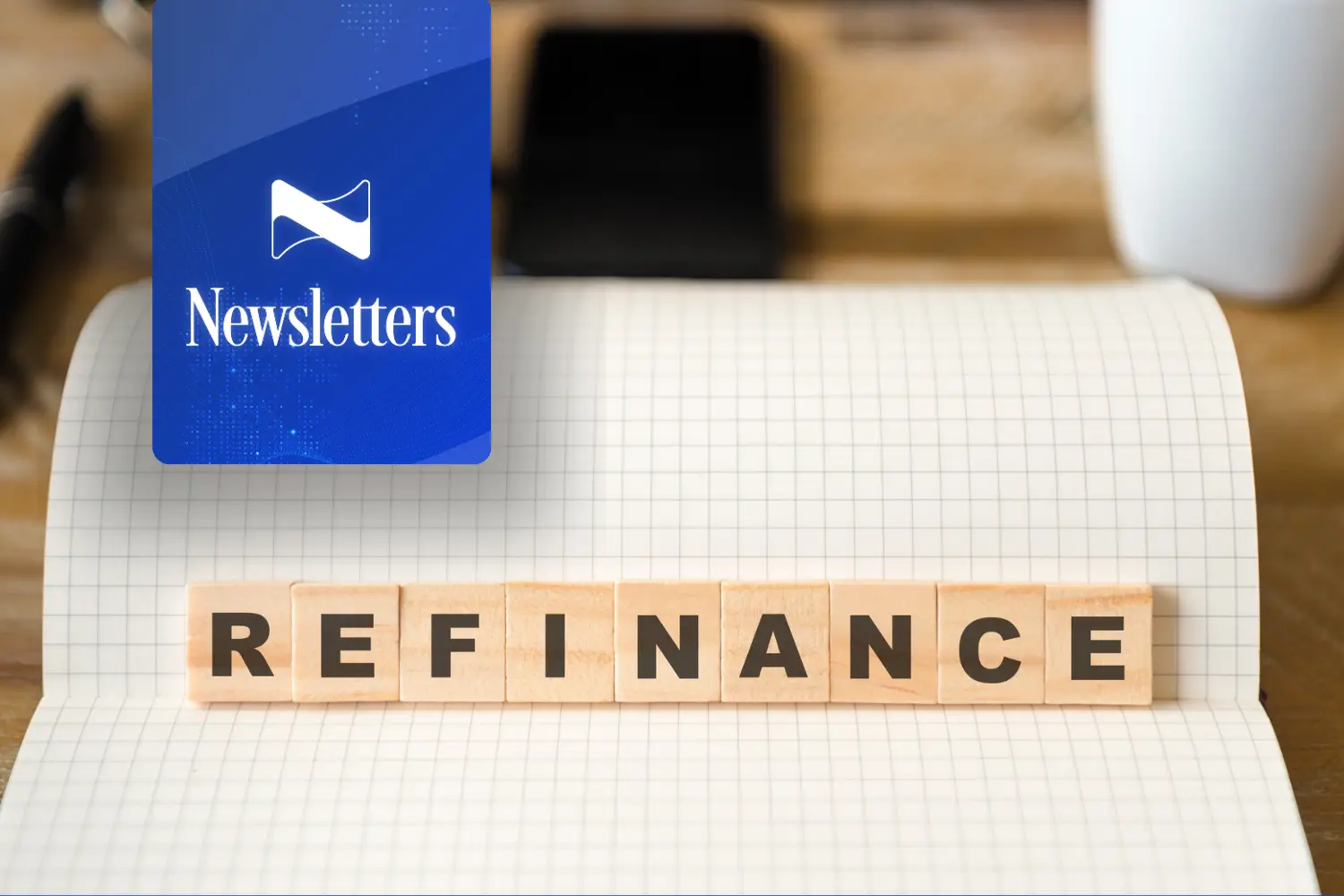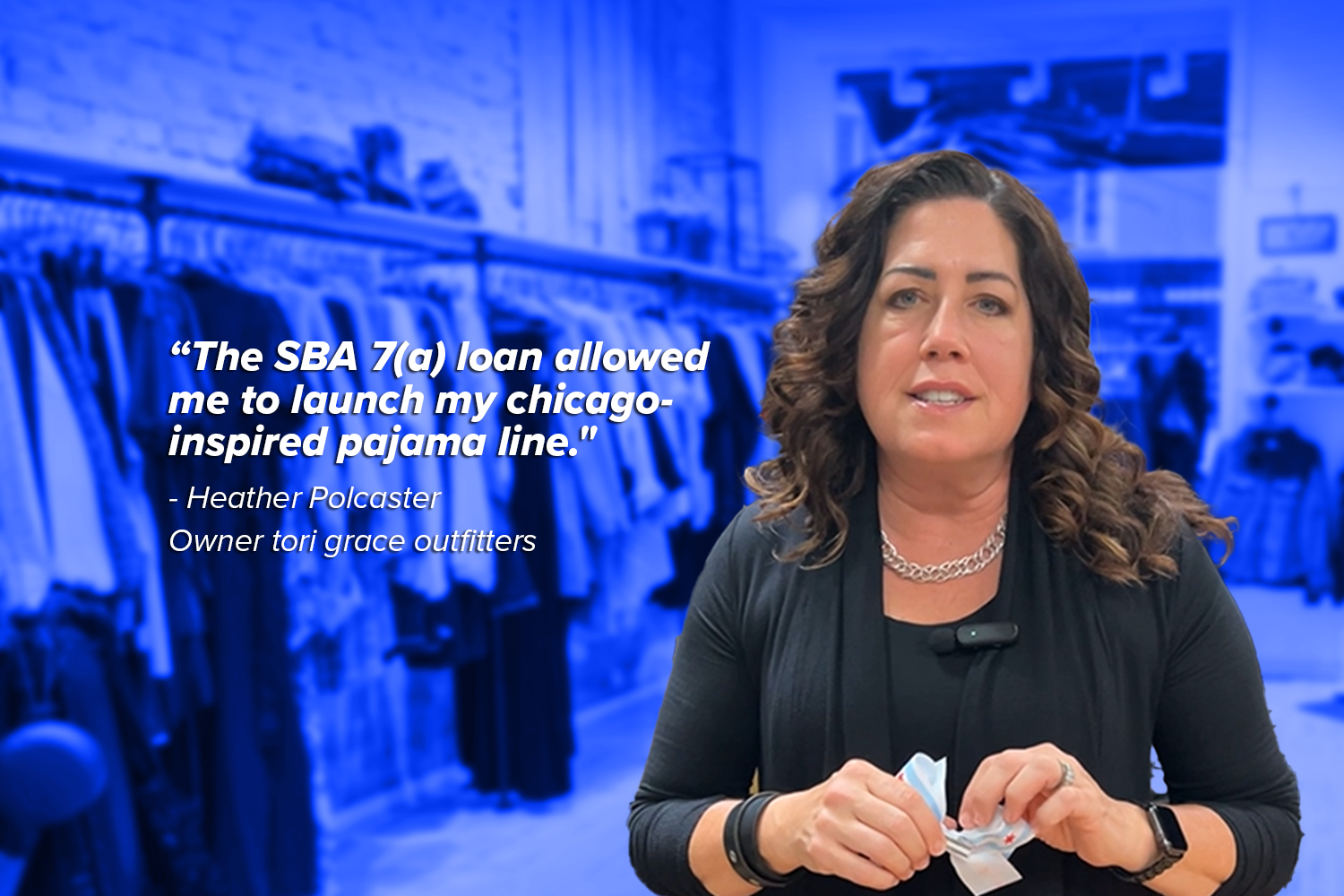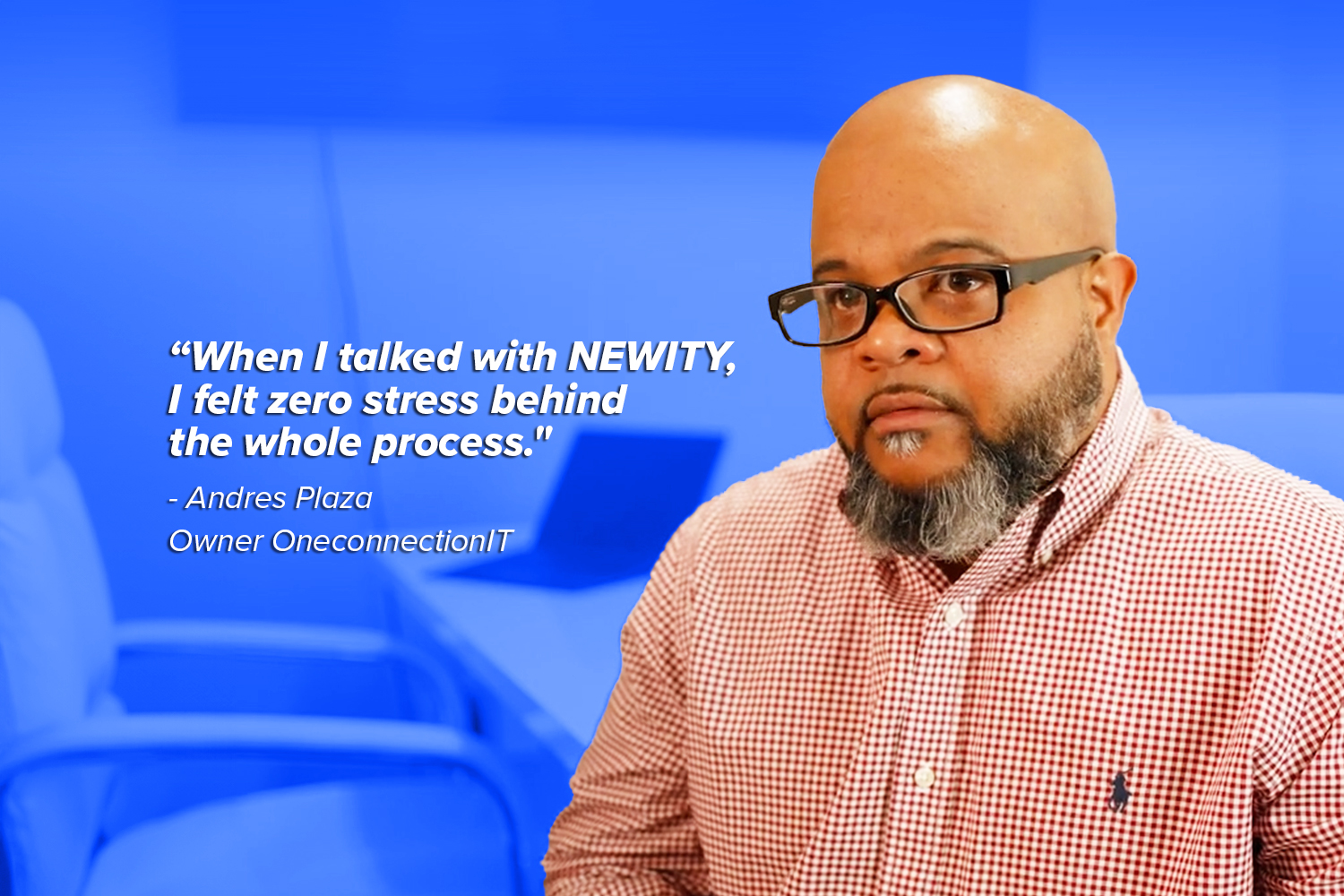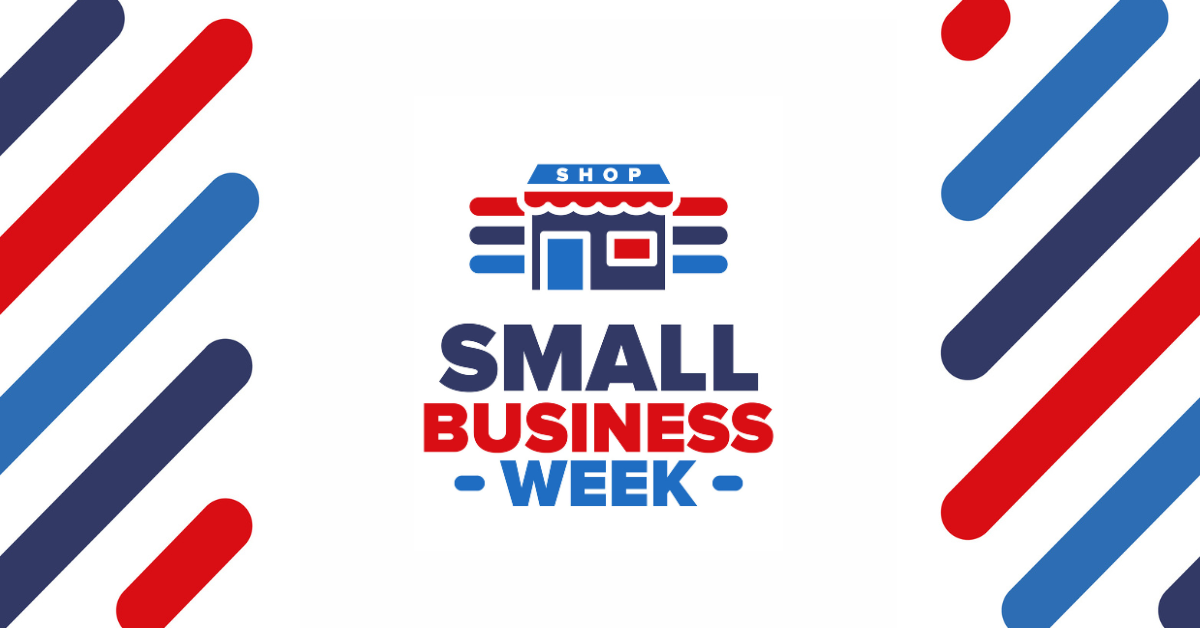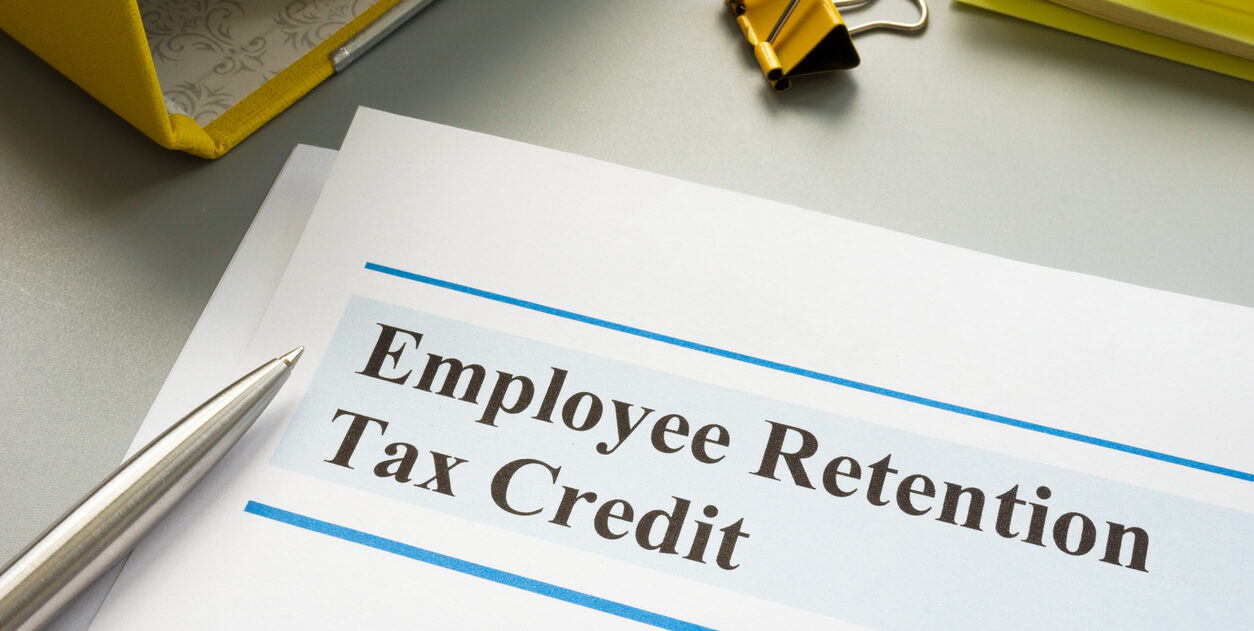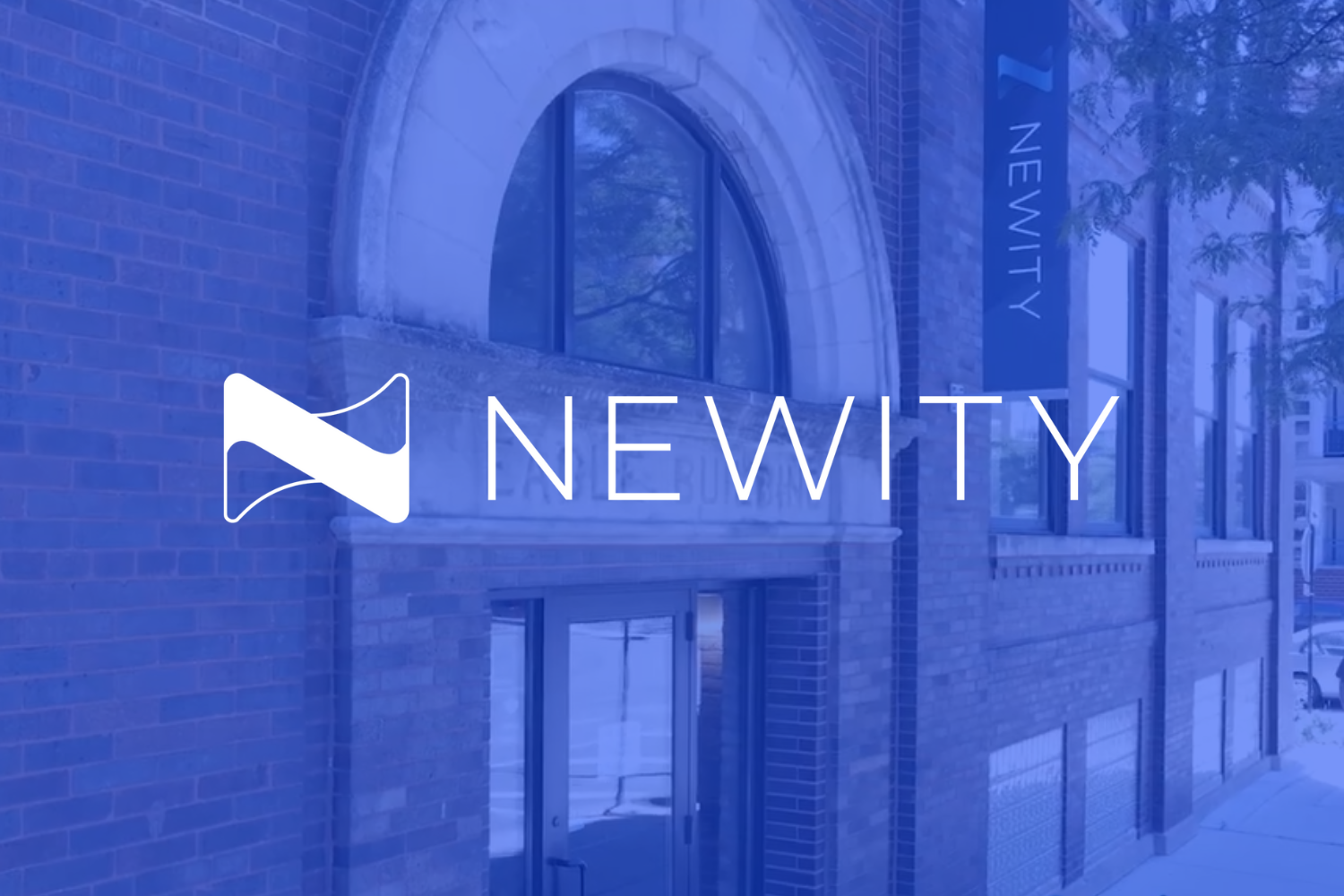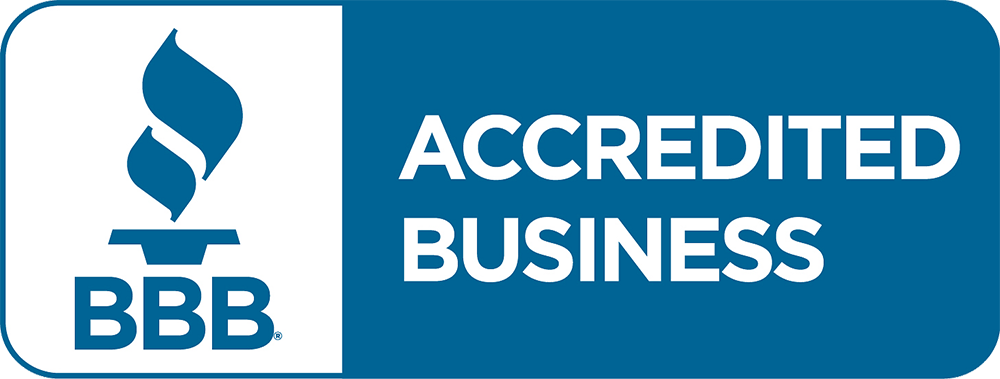Beyond understanding the factors that contribute to your credit score, there are a variety of scores, ratings, and agencies that can help you build and maintain your credit score across multiple credit agencies.
While each credit agency explores different aspects of your financial history, there are two initial items that can help you improve your credit score across all agencies.
Creating and maintaining a budget can help you determine how much you can afford to spend weekly, month, bi-monthly and quarterly for both your business and your personal finances. Once you have these amounts, it may be easier to manage payment of your bills.
Paying bills early or on time is a commonly known way to improve your credit score. The lesser-known component of paying your bills is your Days Beyond Term (“DBT”) score. DBT reflects how long after the bill is due that the bill was paid. Keeping your DBT score as low as possible is essential to maintaining a strong credit score.
In addition to budgeting to allow you to pay your bills on time, payment categories such as ‘anticipates and prompt’ are part of the credit bureau’s algorithm that creates a credit risk and business failure projection score. Some lenders rely on these scores to determine whether to provide your business with financing.
After you have taken these initial steps, it can be useful to check your business and personal credit scores periodically. While there are many ways to check your personal credit score, there are three primary outlets for checking your business credit score:
Equifax reports provide in-depth information about a company’s credit profile, credit summary, public records, and risk scores. The Experian risk scores are made up of the Equifax Business Credit Risk Score, ranging from 101-992, and the Equifax Business Failure Score, ranging from 1000-1610. The higher your rating on either score, the higher your risk level for lenders and credit providers.
Experian reports help lenders predict payment behavior through several key factors that draw from your payment history, credit utilization, and business experience. Experian’s reports evaluate the number of commercial accounts with terms other than Net 30, not current accounts, high utilization accounts, and the length of time on Experian’s files. Your risk score will range between 1 to 75. The approximate risk rating is outlined for each score below.
- – 1-10: High risk
- – 11-25: Medium-high risk
- – 26-50: Medium risk
- – 51-75: Medium-low risk
Dun & Bradstreet reports create solutions to reduce financial risk to lenders. This is primarily offered through several scoring mechanisms unique to Dun & Bradstreet. The first is the Paydex score, which represents how likely it is that your business will pay vendors and supplies on time. Your Paydex score ranges from 0 – 100, with higher scores reflecting lower risk. In addition to Paydex, Dun & Bradstreet generate a Credit Limit Recommendation, which reflects the maximum amount of credit Dun & Bradstreet would suggest can be extended to the organization. Dun & Bradstreet also creates a Supplier Evaluation Risk (“SER”) rating, which assesses the likelihood your business will seek relief from creditors or cease operations within the next 12 months. SER scores range from 1-9 with higher scores reflecting highest risk of failure.
Once you’ve received your credit score(s) and understood your overall risk rating, you can use the credit report to scan for any red flags that may be having an outsized impact on your credit. These red flags can include:
- High credit utilization
- Multiple credit accounts (credit cards, loans, lines of credit etc.)
- Bounced checks
- Loan defaults
- Negative cash flows
If you see these red flags, your credit score is unlikely to improve until you address the area of concern. Keep in mind that credit scores are based on information that varies over time, so it requires persistent effort to keep your business credit in good standing.
